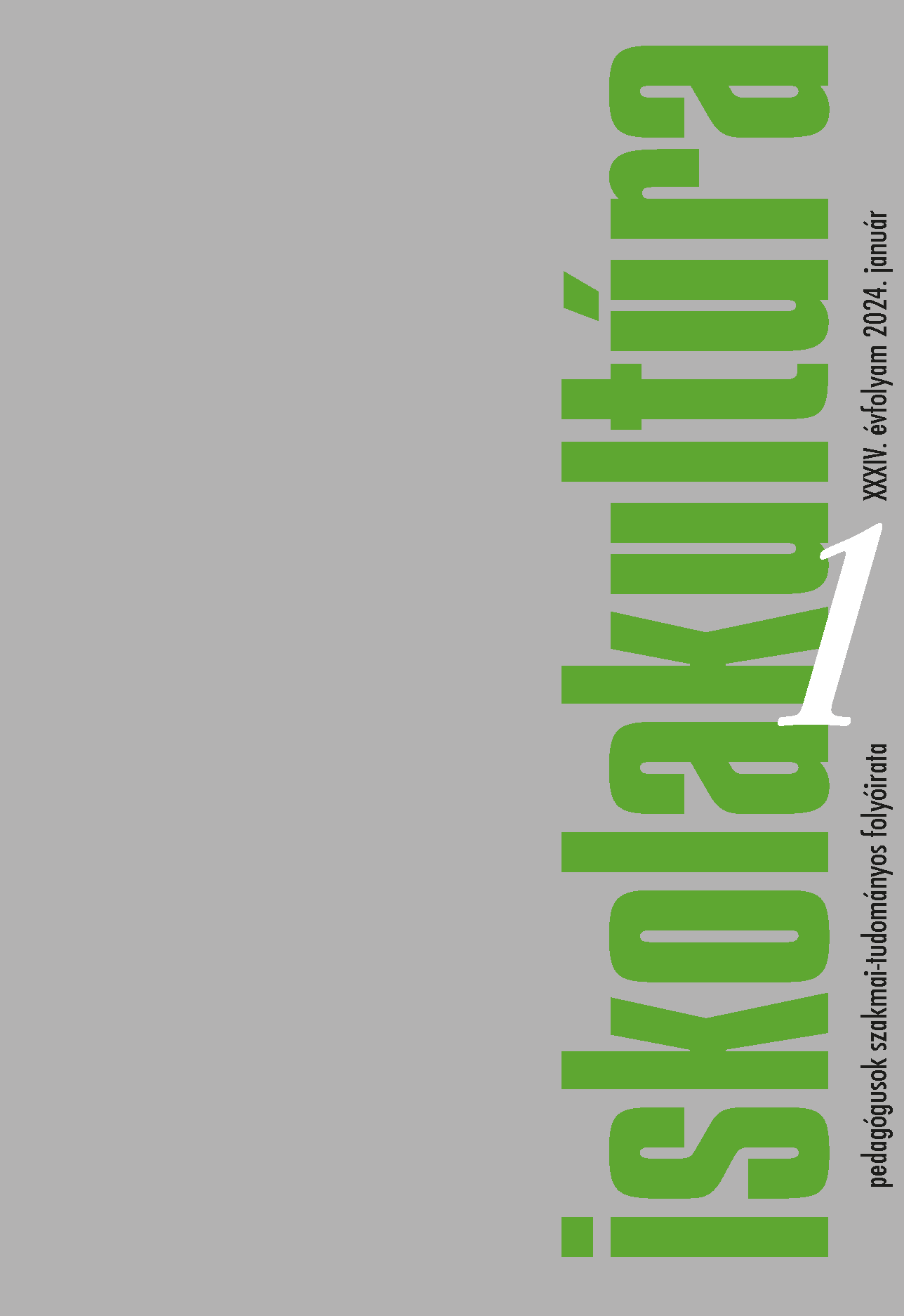Possible paths for adapting English readability formulas to Hungarian
Main Article Content
Abstract
This study examines the concept of readability, which is a measure of how difficult it is to extract information from a text. In the field of education research, readability analysis is essential for assessing text difficulty. Readability formulas are used to mathematically evaluate readability (DuBay 2004). However, in the context of Hungarian texts, there is a notable absence of readability formulas. Therefore, our primary objective is to explore the theoretical foundations of readability and categorize existing readability formulas. We first define readability and introduce five commonly used American readability formulas. We provide an explanation of their underlying principles, their potential adaptability, and common criticisms associated with them. Our key discovery is that text readability is influenced by three factors: the text content, reader’s skills, and research purpose. Readability formulas primarily focus on assessing the first, using various methods (Dale-Chall 1949). These methods can be categorized into three main groups: (1) word familiarity, (2) word length in syllables, and (3) letter count. For the adaptation of readability formulas to Hungarian texts, the third category (letter count) appears to be the most suitable. The first category poses challenges due to the lack of a suitable word list for learners, while the second category is not ideal because of differences in syllable structure between languages. The overarching goal of this theoretical framework and formula categorization is to facilitate the adaptation of readability assessment methods to Hungarian texts and to promote further research on readability in the context of Hungary.
Downloads
Article Details
Funding data
-
Magyar Tudományos Akadémia
Grant numbers Közoktatás-fejlesztési Kutatási Program
References
Aukerman, R. C. (1965). Readability of Secondary School Literature Textbooks: A First Report. The English Journal, 54(6), 533. https://doi.org/10.2307/811407
Bogdán, P. (2022). A gyermekirodalmi szövegek olvashatósági vizsgálata a szöveg grammatikai komplexitásán keresztül. In Bona Judit & Murányi Sarolta (Eds.), Nyelvfejlődés folyamata koragyermekkortól kamaszkorig (pp. 149–166). Cser.
Bogert, J. (1985). In Defense of the Fog Index. Business Communication Quarterly, 48(2), 9–12. https://doi.org/10.1177/108056998504800203/ASSET/108056998504800203.FP.PNG_V03
Burtt, H. E. (1949). Typography and Readability. Elementary English, 26(4), 212–221. https://www.jstor.org/stable/41383630?refreqid=excelsior%3A92d5349f0d06ed80%2017436f080fc2d05e
Dale, E., & Chall, J. S. (1948). A Formula for Predicting Readability. Educational Research Bulletin, 27(1), 11–20.
Dale, E., & Chall, J. S. (1949). The Concept of Readability. Elementary English, 26(1), 19–26. https://www.jstor.org/stable/41383594?refreqid=excelsior%3Af4b7a45fcfd92ab5f62741127c96ac3c#metadata_info_tab_contents
Dubay, W. H. (2004). The Principles of Readability. http://www.impact-information.com
Flesch, R. (1948). A new readability yardstick. Journal of Applied Psychology, 32(3), 221–233. https://doi.org/10.1037/H0057532
Gunning, R. (1969). The Fog Index After Twenty Years. Journal of Business Communication, 6(2), 3–13. https://doi.org/10.1177/002194366900600202
Kahn, A., & Pannbacker, M. (2000). Readability of Educational Materials for Clients With Cleft Lip/Palate and Their Families. American Journal of Speech-Language Pathology, 9(1), 3–9. https://doi.org/10.1044/1058-0360.0901.03
Kaposi, J. (2012). A tankönyv szerepének változásai.
Klare, G. R. (1974). Assessing Readability. Reading Research Quarterly, 10(1), 62. https://doi.org/10.2307/747086
Lively, B. A., & Pressey, S. L. (1923). A Method for Measuring the “Vocabulary Burden” of Textbooks. Educational Administration and Supervision, 9(7), 389–398.
M. Nádasi, M. (2011). A tankönyvek szerepe a tanítás-tanulás folyamatában. Oktatás-Informatika Folyóirat, 1–2, 26–31. https://www.eltereader.hu/media/2013/05/Okt_Inf_2011_3_4_opt.pdf#page=28
McLaughlin, G. H. (1969). SMOG Grading-a New Readability Formula. Journal of Reading, 12(8), 639–646. https://www.jstor.org/stable/40011226
Selzer, J. (1981). Readability Is a Four-Letter Word. Journal of Business Communication, 18(4), 23–34. https://doi.org/10.1177/002194368101800403
Smith, E. A., & Senter, R. J. (1967). Automated Readability Index (Patent AD0667273). In Competitor (AD0667273). University of Cincinnati.
Szemerszki, M. (2018). A tankönyvek szerepe a tanítási-tanulási folyamatban. In A. Fehérvári & K. Széll (Eds.), Új kutatások a neveléstudományokban / 2018 Kutatási sokszínűség, oktatási gyakorlat és együttműködések. (pp. 98–115). L’Harmattan Kiadó.
Tekfi, C. (1987). Readability formulas: An overview. Journal of Documentation, 43(3), 261–273. https://doi.org/10.1108/EB026811/FULL/XML
Thorndike, E. L. (1921). Teacher’s Word Book. Bureau of Publications, Teachers College, Columbia University. https://pure.mpg.de/rest/items/item_2395369/component/file_2395368/content

